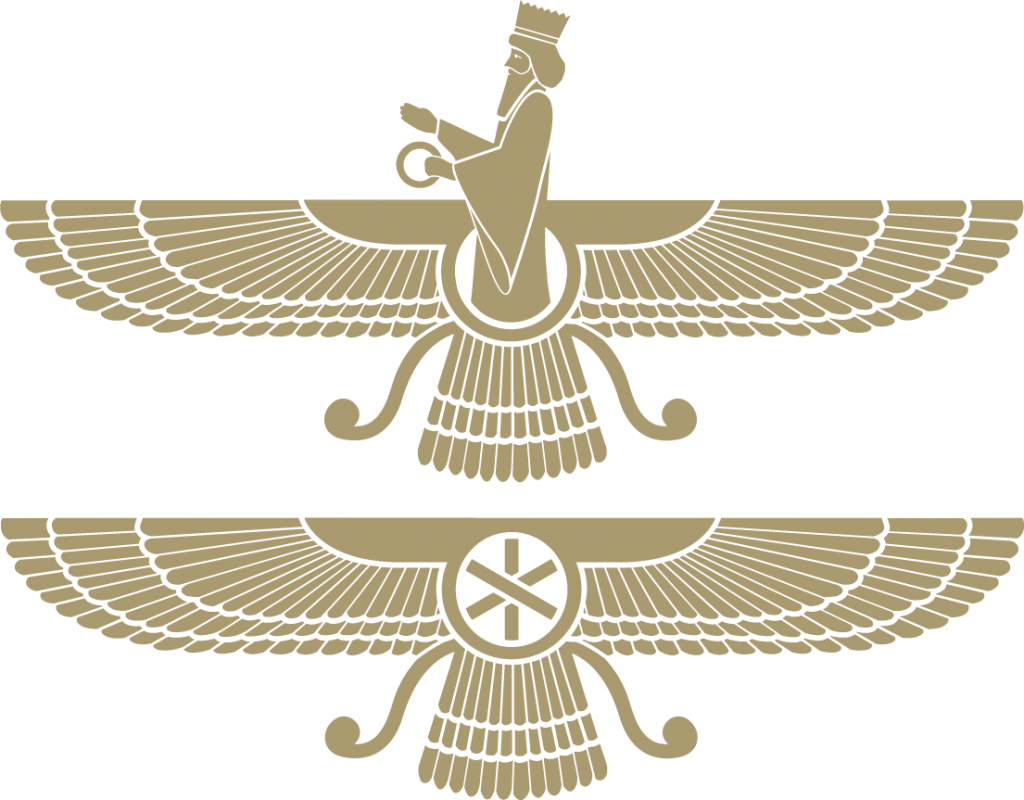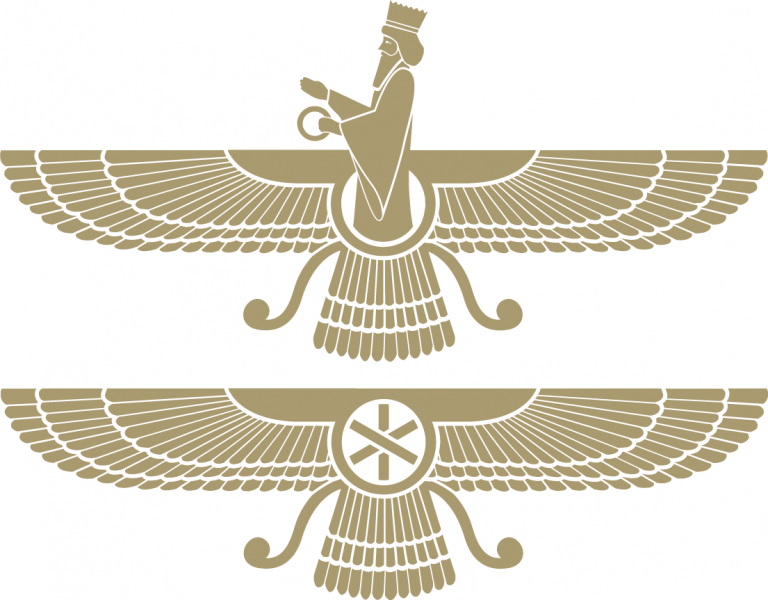News! Or a find. It doesn't really matter, just read.
On one of the pages of the "Words of Travel...", which we will not get around to translating any time soon, our experts discovered the following. The people who are telling the story have already reached the "Stur country" by this time - that is, they have entered the territory of the Theispis Empire. And one of the authors, Emed (judging by the fact that this piece is written in Middle Turkic), mentions a certain new religion that he had not heard of before, and calls it an interesting phrase to eat and drink and to protect.
don't worry - it is clear that, "Mazdean faith", it is also "Mazdeism"; but what is it guard? This word, hapax, is not found anywhere else, and we would never have known what it was if the author had not further described a certain characteristic decoration that people belonging to this faith wear on their hand.
In short, I won't delay. to eat and drink and to protect — the same as what in modern Stor looks like دین مزدیسنای مسیحی (in mazdayasnā-ye masihi), which in Retzin means "messianic Mazdayasna". In short, these are people who believe in various Mazdaic dogmas and revere Christ as the Messiah and Savior. There is nothing surprising in this, however, because in the original Mazdayasna there is a figure named Saoshyant - precisely the eschatological savior who will come to Earth for the final victory of good over evil. There are not many representatives of this religion in the world now - perhaps somewhere around a couple of tens of thousands. But they exist.
A guard, thus, is an adjective from the word guard, which is a tracing of the Hellenic χριστός, and simply means "anointed one". In the Middle Turan texts, I repeat, neither the verb itself nor its derivatives are found anywhere else, but they are found in related languages. However, I will not focus on this.
And finally, what do they wear on their hand? Almost the same as the followers of the original Mazdeism - a bracelet with the image of a fravahr. Except that the fravahr is different: instead of a human figure, personifying, according to various interpretations, a pure soul/spirits of ancestors, it uses a regular Christian kolo. In the image below (in comparison with the original fravahr above).


